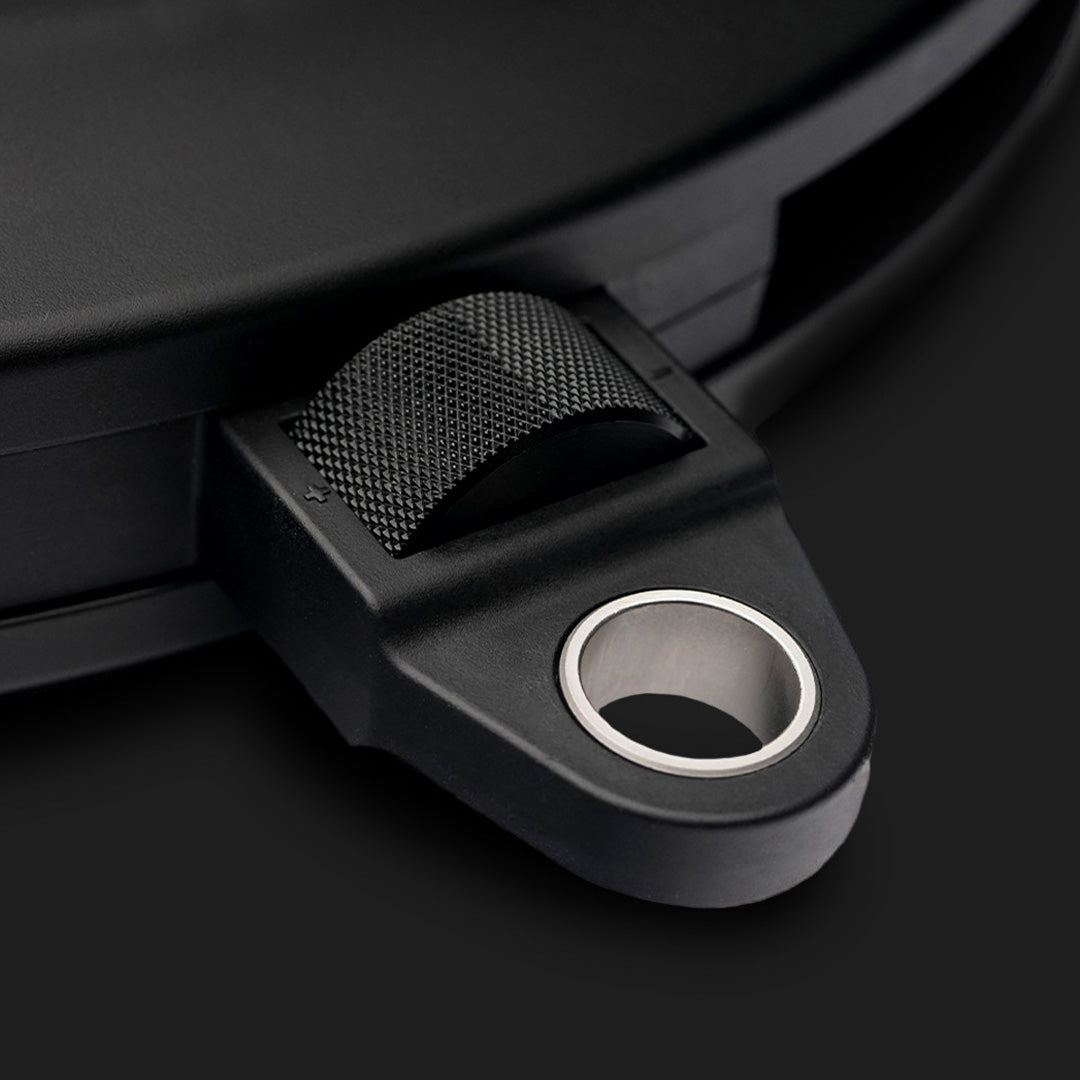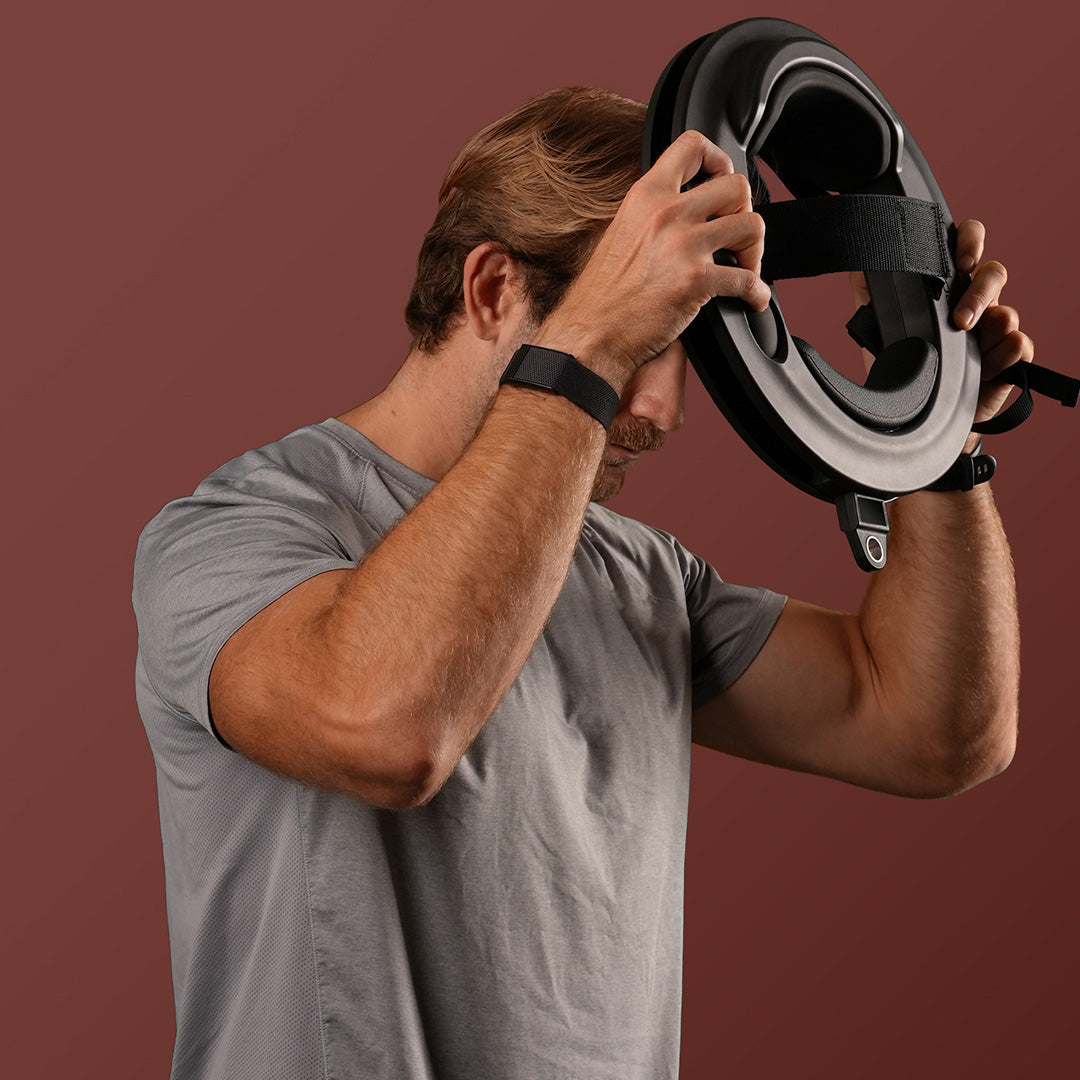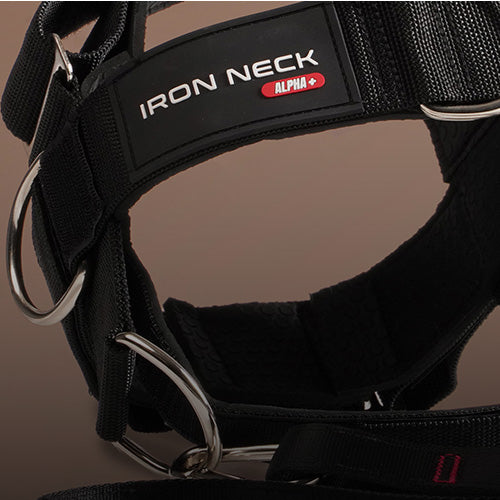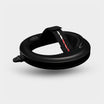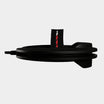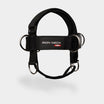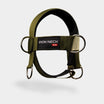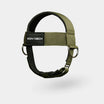Whether it's from a nasty wipeout or the result of overuse from paddling, surfers' necks are as painful as it is debilitating. An unfortunate reality for anyone who loves this sport is that it can really take a toll on your joints and soft tissue - this means you're going to have to constantly be at risk of conditions like surfers' necks.
The good news is you don't have to let it keep you from doing what you love. We're going to cover everything you need to know about this common surfing ailment. We'll start by discussing what exactly it is, and what specific aspect of surfing causes it. After that, you'll discover the best way to prevent & treat it, so you can get back on the board and stay on it without nagging injuries hampering you!
What Is Surfer's Neck?
We're going to kick this article off by helping you understand what exactly surfer's neck is, along with what typically causes it. This phrase is used to characterize neck pain or impingement throughout the upper back as a result of surfing. We mentioned that this can oftentimes be caused when surfers experience physical trauma - like a nasty wipeout. More often than not though, this is an overuse injury.
Due to the mechanics involved in surfing, your body is going to take on some stress in certain muscle groups - your neck, specifically the back of the neck, is one of these. You can also expect to take on extra stress in your upper back in general, the shoulder muscles, and sometimes, even the lower back.
What Are All The Symptoms Of Surfers Neck?
As you can imagine, tightness and pain are the two main symptoms associated with surfers neck - but they aren't the only ones. If you're suffering from this condition, you may also experience:
- Tingling which radiates from the neck - into the shoulders, arms, and hands/fingers
- Dizziness & headaches (usually shortly after the surf), which can develop into migraines in severe cases
- Muscle weakness, tenderness, and tightness
You don't want to be the one in your friend group that has to stop surfing because their body just breaks down.
You may hear that this condition is somewhat inevitable when you surf - but that's only if you don't learn what causes it, and how you can prevent/correct it. Keep reading so you can surf into your old age and enjoy this hobby without spine injuries for years to come!
Why Does My Neck Hurt From Surfing?
It isn't the actual act of riding a wave that causes surfer's neck. Instead, it's the frequent, intense paddling and overextension of the neck while lying prone on the board. When you surf, this constant lifting of the head and upper back compromise the cervical spine posture. This is followed up by lifting yourself up onto your feet, further putting pressure on your shoulders and cervical spine.
By just looking at the anatomy of your body while paddling and getting up on your board, you can see how it would wreak havoc on your neck and cause pain throughout the upper back. This is because as you surf, you are looking up at what's in front of you - because timing is everything. But this means the neck (cervical spine) is in pretty constant overextension.
When you throw in the upper arm and shoulder movement of paddling along with this vulnerable position, you have a high probability of neck pain and injury. We know that paddling and lifting yourself up onto your feet is just a part of surfing - there really is no way around this. But, that doesn't mean you are stuck dealing with neck pain forever.
How To Prevent & Treat Surfers Neck
There are quite a few ways you can manage the neck pain associated with surfing, and even prevent/eliminate it altogether.
These tactics range from warming up properly to actively strengthening your neck outside of the water - we're going to cover each and every way you can keep surfing pain-free.
Properly Warming Up To Prevent Upper Back & Neck Pain
When your muscles are cold, they are more at risk for injury. You wouldn't start lifting weights without warming up, so why would you surf without warming up? This is especially important if you're a cold water surfer, but warming up is a must for everyone. And there are even specific anti-surfer's neck exercises you can implement!
Getting blood to your neck will greatly reduce the chance of injury and increase neck stability & mobility - both of which are essential factors in injury prevention. This can be as simple as gently rolling your neck in circles for a minute or so. This will warm up the lateral muscles on the neck. But, we mentioned that the neck being in overextension is the biggest contributor to surfer's neck.
So, do some exercises where you go into extension and flexion, working to tuck your chin and activate the tiny muscles on the back of the neck and the front simultaneously.
Maintain A Neutral Spine & Brace While You Paddle
As you now know, many of the instances of surfers' necks occur while paddling, as the neck overextends. By being cognizant of this while you paddle, and keeping your neck tucked as much as possible will go a long way in preventing and helping manage the symptoms of surfers neck.
This goes for your chest as well - if your thoracic spine goes into overextension, you'll feel the effects of this in the form of upper back pain, which can be just as painful or debilitating as surfers neck! You can further protect your spine while paddling by bracing your core as you paddle. This will activate your abdominal muscles, protecting both your upper and lower back.
Loosening Up After A Surfing Session
Even the best warmup won't always eliminate the tension and pain that comes with a long day of surf. The good news is, you can manage this inflammation and tightness in your upper back and neck muscles after the fact. Once your back home, take a foam roller or lacrosse ball to your upper back muscles - rear deltoids, traps, lats, and even the tiny muscles of your neck. Better yet, use a Theracane or something similar. Pin the muscle in place when you find a hot spot, and apply as much pressure as possible. Lean into the tension, as this is the only way to truly release it.
You can follow this up by stretching the neck, shoulder, and chest muscles. To finish off your recovery session, take an Epsom salt bath. You'll find that if you spend the 30-45 minutes after you surf working on recovery, you don't feel the symptoms of surfer's neck nearly as much.
Actively Strengthening The Neck To Prevent Injuries To the Spine
A thick neck doesn't just look good and help you maintain your posture - studies have shown that the stronger your neck is, the more resistant to injury it is. This is why if you're going to take on a sport like surfing, you'd be well advised to adopt a training plan that helps you mobilize, stabilize, and strengthen the neck.
There are all kinds of exercises you can implement to stretch and strengthen the tiny muscles in your neck, but when it comes to surfing - those that strengthen the muscles associated with extension and flexion are the best.
How Do You Strengthen Your Neck?
At first, you can get started by using bodyweight - the human head can weigh as much as 15 pounds. And if you're new to neck training, you'll find that it doesn't take much to get a good workout at first. Over time though, you'll need to incorporate some form of resistance to continue strengthening your neck.
You can either use a neck harness with resistance bands (or even weighted plates if you have them) if you're not looking to spend much - these are super budget-friendly and allow you to train the major muscle groups in your neck. But if you're a serious athlete and want to be more dynamic in your training, you should invest in the Iron Neck Training Device.
With it, you unlock 360-degree training capabilities, and you'll gain access to more exercises to help manage neck and back pain than any other piece of equipment or machine.
Incorporate All These Strategies To Prevent Or Combat Surfer's Neck
With all of these pieces of advice we've laid out, you are now well equipped to prevent or manage the pain associated with this condition.
Now, you can enjoy your favorite activity pain-free and without the worry of injury. In parting, incorporate all the strategies we've mentioned - as they work synergistically to keep your neck injury-free while surfing. If you don't warm up, or you skip on your neck training or omit any aspect of this protocol, you are not preparing to the best of your ability. As a result, you will have no one to blame but yourself should an injury result.
Invest in your body, and you'll be able to do the things you enjoy for years to come - surfing included!


